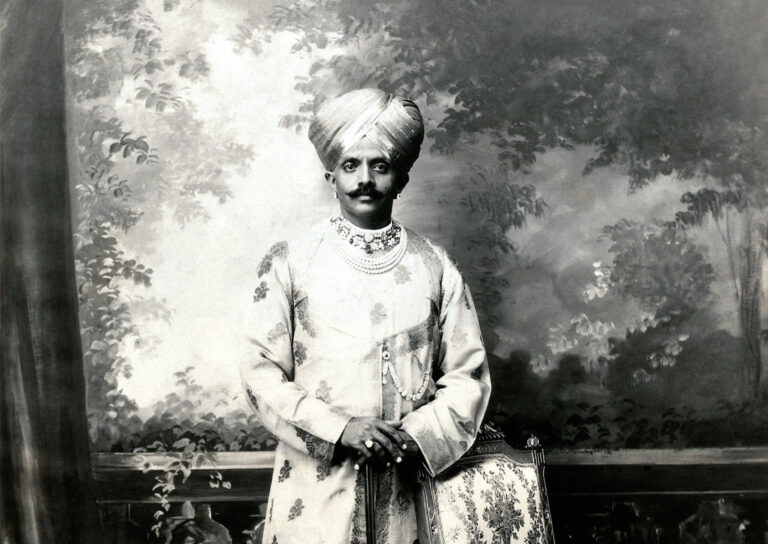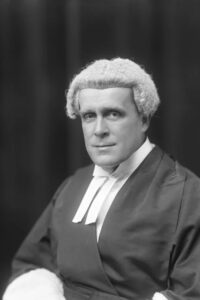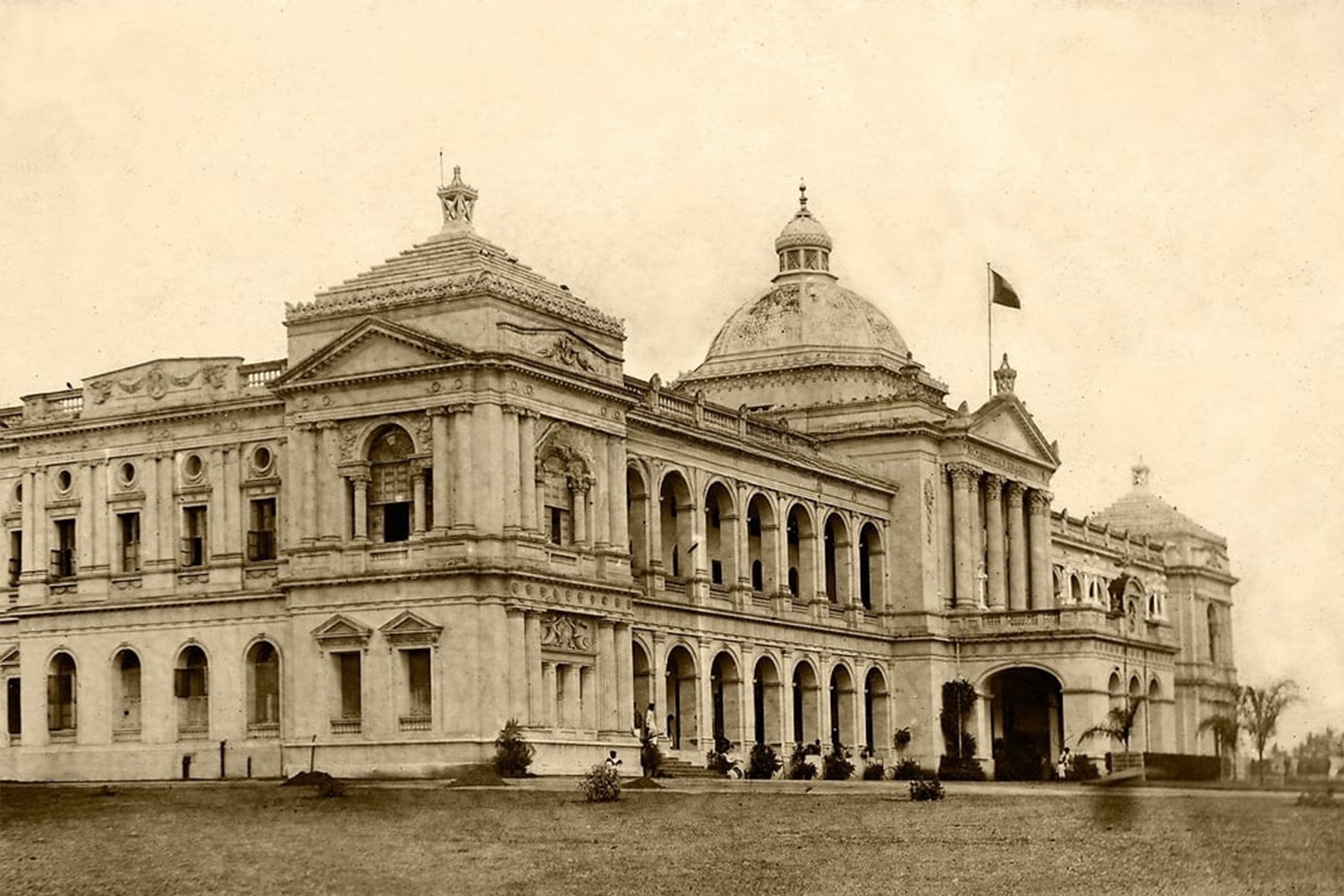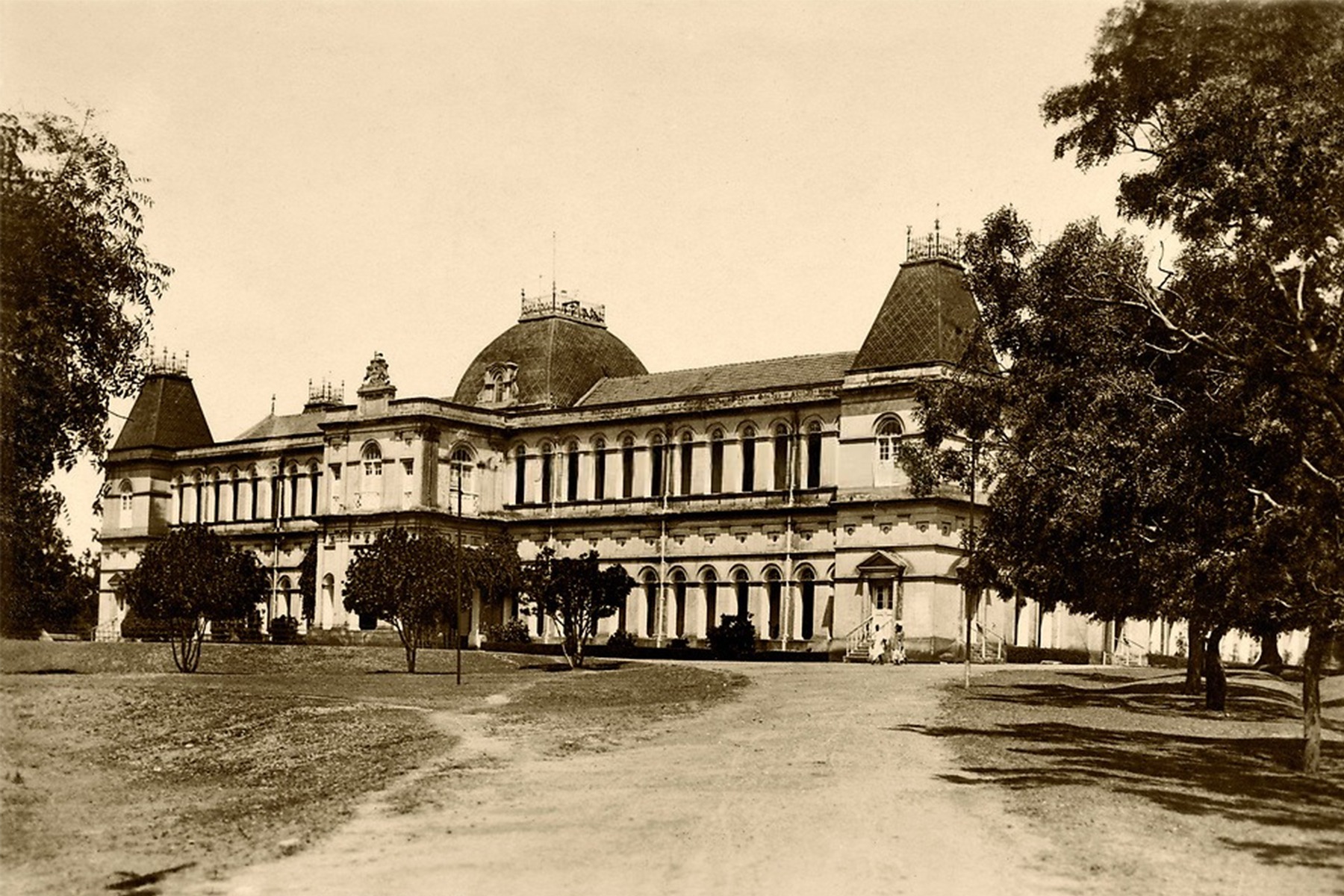“It will ever be my aim and ambition in life to do all that lies in me to promote the progress and the prosperity of my beautiful State and the happiness of my beloved people.”
– H.H Nalwadi Krishnaraja Wadiyar



Mysore: A Legacy of Self-Reliance and Prosperity, Inspiring Future Generations.
The Palace, Mysore, has been the central guiding force and symbol of the erstwhile Kingdom of Mysore, now Karnataka, for over 600 years. Over the course of History, the administration, over-arching policies, and running of the State was undertaken by The Palace, alongside representing Mysore tradition, culture, and heritage.
In Modern times, with the shift in the political landscape and in the moving of administration, The Palace has focussed its efforts to being a centre for heritage of the Deccan and continues to stress always the importance of culture and tradition of the state. The traditions and practices of The Palace, Mysore are unbroken for over 400 years after inheriting the same from the Vijayanagara Empire, whose legacy is embodied within that of the Wadiyars of Mysore.
The Palace, Mysore, has always strived to highlight these traditions as part of the Vibrancy of our State and while the Tradition continues to be the mainstay of the Wadiyars, it is the view of the Current Custodian, Sri Y.KC. Wadiyar, that it is also pertinent to ensure that other aspects of the Mysore Heritage are preserved.
A central ideal of the Mysore Heritage is the creation and patronisation of Institutions that are of everlasting value. The University of Mysore, Karnataka Soaps and Detergents (formerly Mysore Sandal Soaps), Karnataka Silks Industries Corporation (formerly Mysore Silks), Indian Institute of Science, are but a few examples of institutions and industries that have a heritage of over 100 years of value to society.
Mysore means of administration was also renowned for its time, under the visionary statesmanship of H.H.Nalwadi Krishnaraja Wadiyar, and the keen minds of Dewans such as Sir M. Visveswaraya and Sir Mirza Ismail, the Kingdom of Mysore was, by consensus, the best administered state in the British Empire. Public Reforms and Policy making was also far advanced for its time, being the first state to bring in Reservation via the Leslie Miller Committee report of 1919, the first to state to allow women to vote, even before the United States, to name a few examples.
This ideal of promoting institutions and industries which provide an everlasting value to society can be encompassed in modern terminology as a ‘Heritage of Innovation and Entrepreneurship’ and in an effort to preserve and bring this heritage into the modern ethos, the current Custodian has founded the Bherunda Foundation.
The team at Bherunda Foundation aims to uphold the ideals of this Unique Mysore sensibility of Innovation and entrepreneurship in adding to the Narrative of building a Golden Age for India.



Lord John Sankey
Acknowledging Krishnaraja Wadiyar IV’s noble and efficient kingship, Lord John Sankey declared in 1930 at the Round Table Conference in London,
“Mysore is the best administered state in the world”
Mysore Legacy: A Timeless Commitment to Nurture, Innovate, and Prosper


Addressing Core Challenges in Agriculture
Mysore State undertook innovative and large-scale projects, such as the significant irrigation initiatives of the Krishnarajasagara Dam, Vani Vilasa Sagara, and Chamaraja Sagara, which ensured a steady water supply for irrigation and mitigated the dangers of rainfall scarcity. The Krishnaraja Sagara Irrigation Works, a gigantic undertaking costing nearly Rs 5 crore, featured a dam 8,600 feet long and 120 feet high, covering 50 square miles, along with large-scale projects like the Shimsha Hydro-Electric Project and the Markonahalli Reservoir Project, addressing identified problems and benefiting the population on a grand scale.

Creating an Enlightened Citizenry Through Education
Mysore State aimed to provide education to all its citizens, starting the Department of Education in 1857 with a vigorous educational drive. The State reached out to one in three people of school-going age and enrolled them in schools.
Enabling environments like the Compulsory Education Act of 1913 and the Elementary Education Act of 1931 emphasized the Mysore State’s commitment to creating an enlightened society. The first university in this country to be founded outside the limits of British India was Mysore University in 1916, which has had far-reaching effects on the intellectual progress and material development of the State.
Innovative thinking for long-term goals was always a priority, especially with a focus on education. By 1935, there were 6,692 public institutions in the State, with a total enrollment of 300,367 pupils.

Providing the Best Medical Care
Advanced medical care was provided to the people of Mysore State, with no fewer than 282 medical institutions treating over 53 lakh patients annually in 1932. The state boasted some of the finest hospitals in India, equipped with modern facilities.
Mysore State saw an increase of 85 medical institutions, treating 19,130 in-patients and 20,86,546 out-patients in a single year. With the advancements in technology today, there is a need to provide access to medical care for even more people.
Innovative care and institutions were established to address the problems faced by the populace, even if these initiatives did not yield direct returns. In one year alone, 85 medical institutions treated 19,130 in-patients and 20,86,546 out-patients.

Growing the Economy of Mysore State
Some of the most innovative industries and products that benefited the people were established during the late 18th and early 19th centuries. From Bhadravathi Iron Works in 1923 to the Sandal Oil Factory in 1916 and the Mysore Soap Factory in 1918, to the Silk Weaving Factory, these initiatives spurred industrial growth. The silk production alone employed more than 200,000 people annually across various branches.
The State set up numerous industries, including the Kolar Gold Fields, Mandya Sugar Factory, and Mysore Medical Products. HAL (Hindustan Aircraft) was established in Bangalore on December 23, 1940, as Hindustan Aircraft Company, incorporated under the Mysore Companies Act as a private limited company. The initiative, managed by Walchand–Tulsidas-Khatau Ltd, was actively supported by the Kingdom of Mysore’s young Maharaja, H.H. Jayachamarajendra Wadiyar.
Projects that promoted welfare and empowerment were encouraged and funded. ‘The primitive habit of hoarding, which is prevalent in India, has almost disappeared in Mysore, thanks to the greater opportunities for investment and profit-making brought about by industrial expansion.

The Income Stream for Citizenry
To bring increase the income stream of people and to encourage entrepreneurship, the Mysore state helped people start large number of cottage industries at their homes. Spinning and weaving, tape making, net making, knitting, coir and rope making, cotton ginning, flour milling, cart making and oil extraction were some of the important cottage industries flourishing in the State.

An Innovative Financial Model
Not to be left behind in making finance available to farmers and the growing rural economy, a judicious system of rural banking was set up. Villagers were made to realize the immense advantages of co-operative banking and were encouraged to invest borrowed capital in profitable agricultural improvements.
Urban societies are well-organized, well-managed, and financially robust, with substantial reserves.
The remarkably swift success of every industrial company launched in the State, and the public’s eagerness to subscribe to share capital, is a testament to this healthy influence.
There are 2,088 societies with a membership of 1,42,000 and a total capital of ₹221 lakhs.

Driving Social Impact Through Focus
The well-being of people in rural areas and their health was a constant focus for the rulers of Mysore. Rural upliftment was seen as the cornerstone of National Regeneration, with the village recognized as the “Pulse of India.”
No one understood and implemented this principle more effectively than Sir Mirza M. Ismail, who famously said, “The real spirit of India wells in the village. It is the poor, struggling villager that is the real citizen of India. It is he who needs all the attention, all the encouragement, and all the protection that an administration can bestow.”
“People of Mysuru would wake up and wash themselves with Mysuru Sandal Soap, wipe with Mysuru towels, perform Mysuru’s own Ashtanga Yoga, do puja with Mysuru jasmine and Mysuru agarbathi lit with Mysuru match stick, drink Mysuru coffee with Mysuru sugar, wear Mysuru silk and cotton, perfume with Mysuru perfumes, eat Mysuru masala dosa with Mysuru Pak, ride on Mysuru-bred horses, write on Mysuru paper, build houses with Mysuru cement using Mysuru steel, Mysuru bricks, Mysuru tiles, Mysuru timber, granite and pipes, paint with Mysuru paints and varnishes, furnish their house with Mysuru furniture, decorate their home with Mysuru inlay artwork and Mysuru paintings, have all the Mysuru lamps lit with electricity generated in Mysuru, using Mysuru manufactured transformers and insulators wheeled on Mysuru manufactured poles, eat abundant Mysuru food with avarekalu sambhar followed by beetle leaf and Nanjangud banana to digest all that you ate and relax to Karnatic music before going to sleep on Kadkola mat”

– Sir Mirza M Ismail, Dewan of Mysore

Mysore’s Timeless Heritage
Building a Future of Sustainable Innovation


